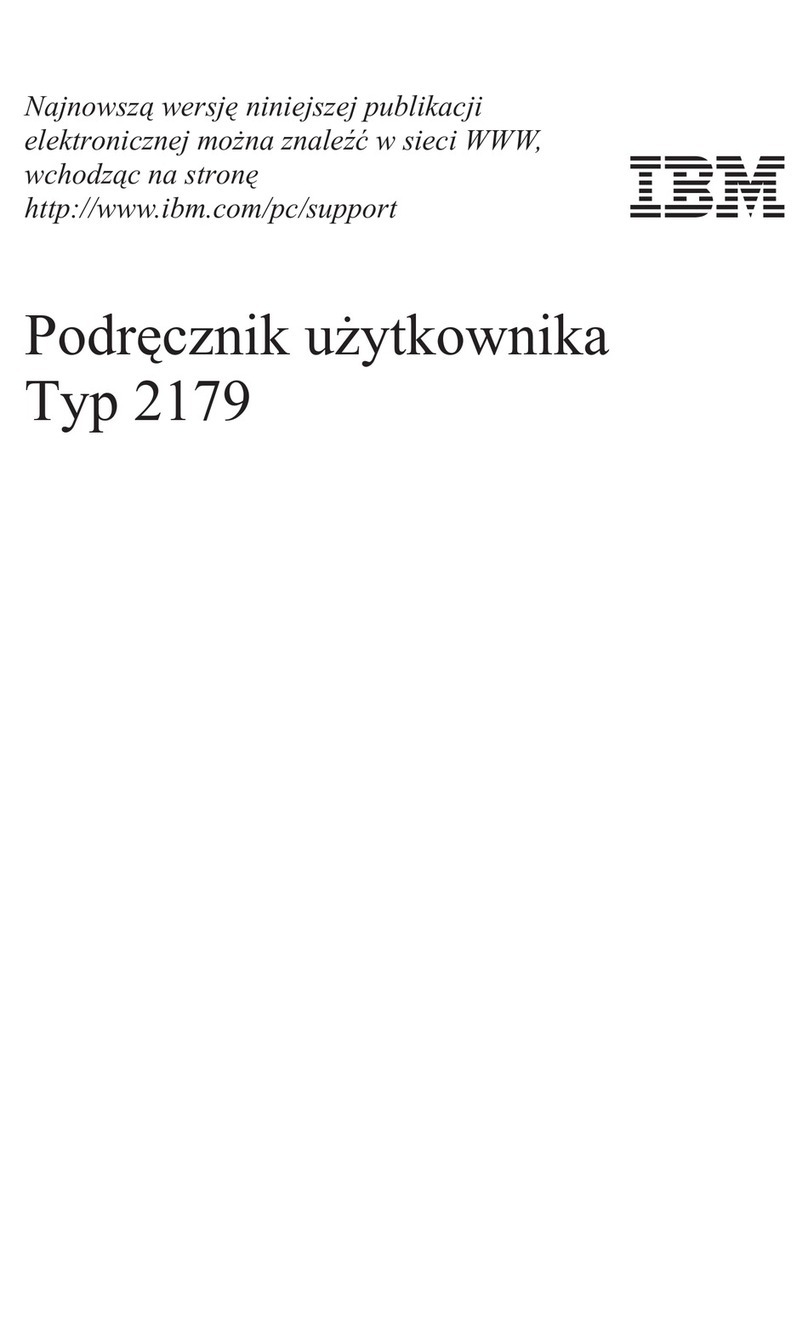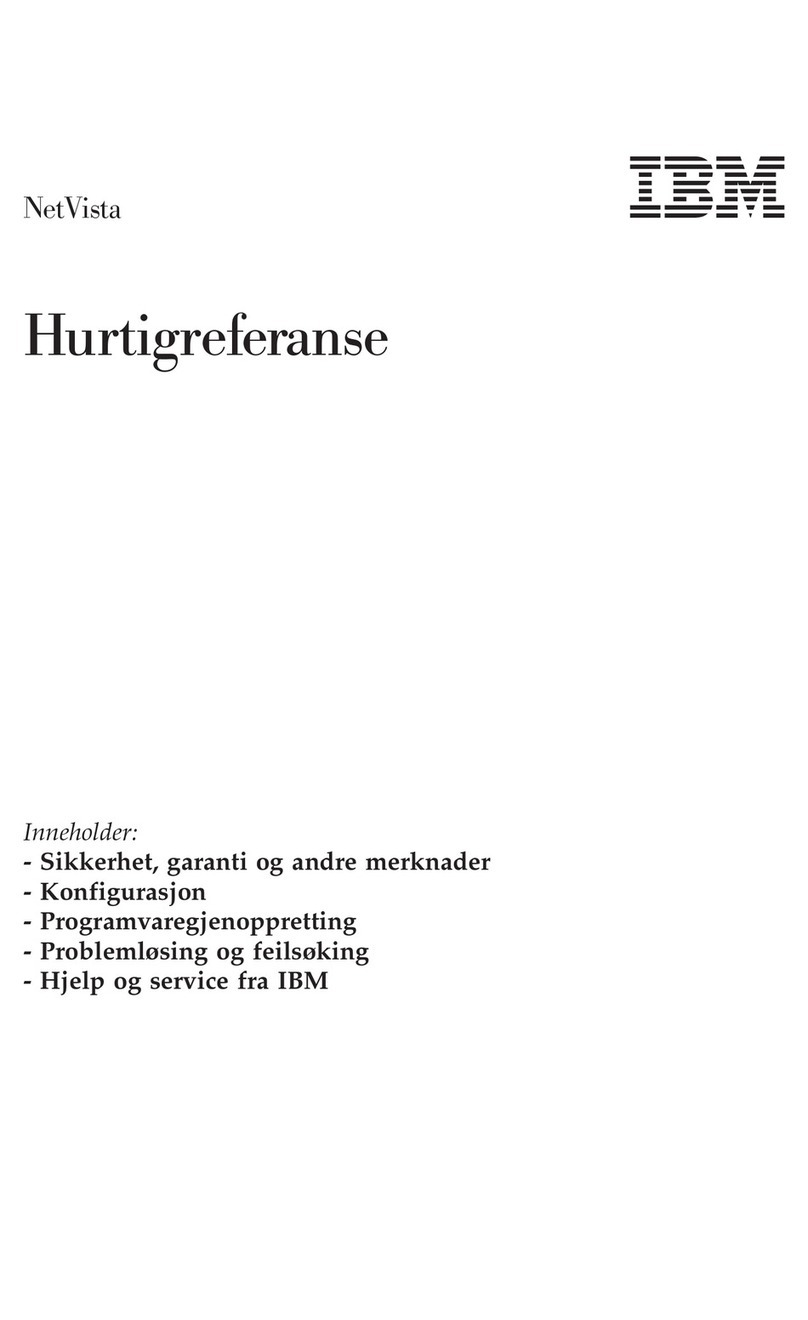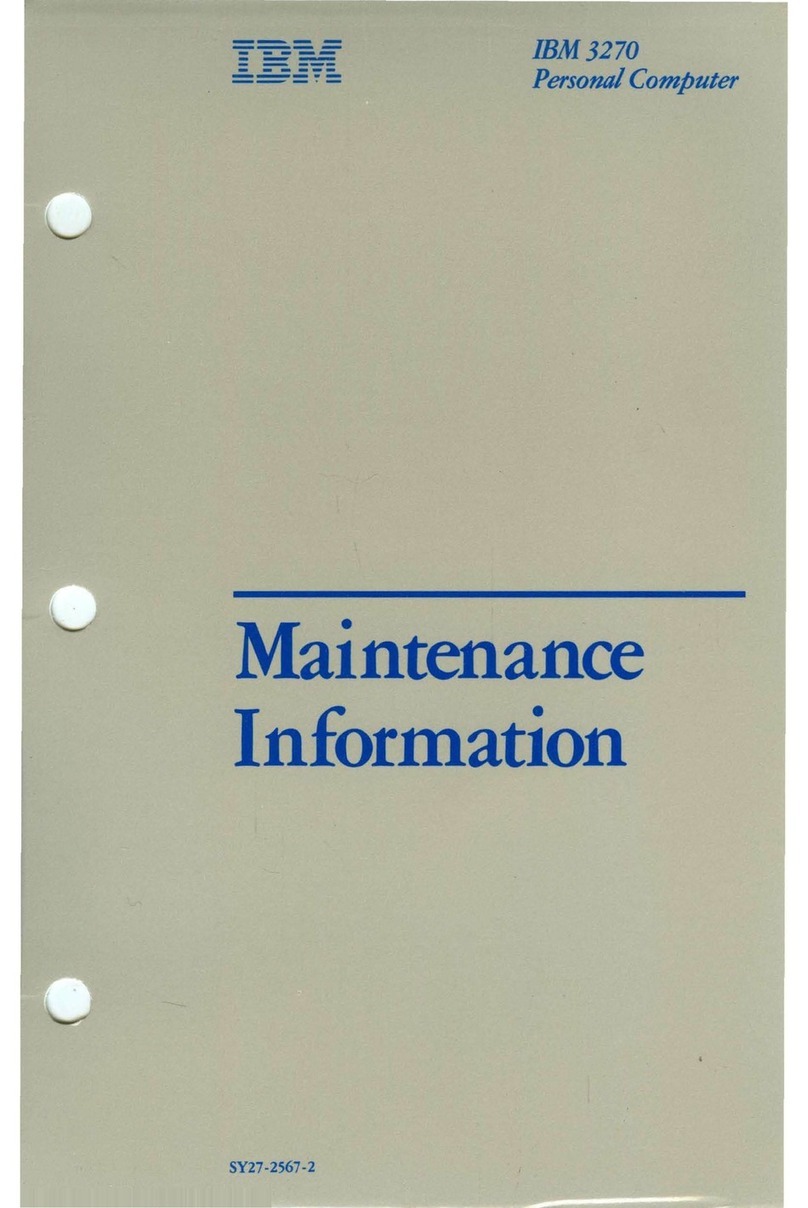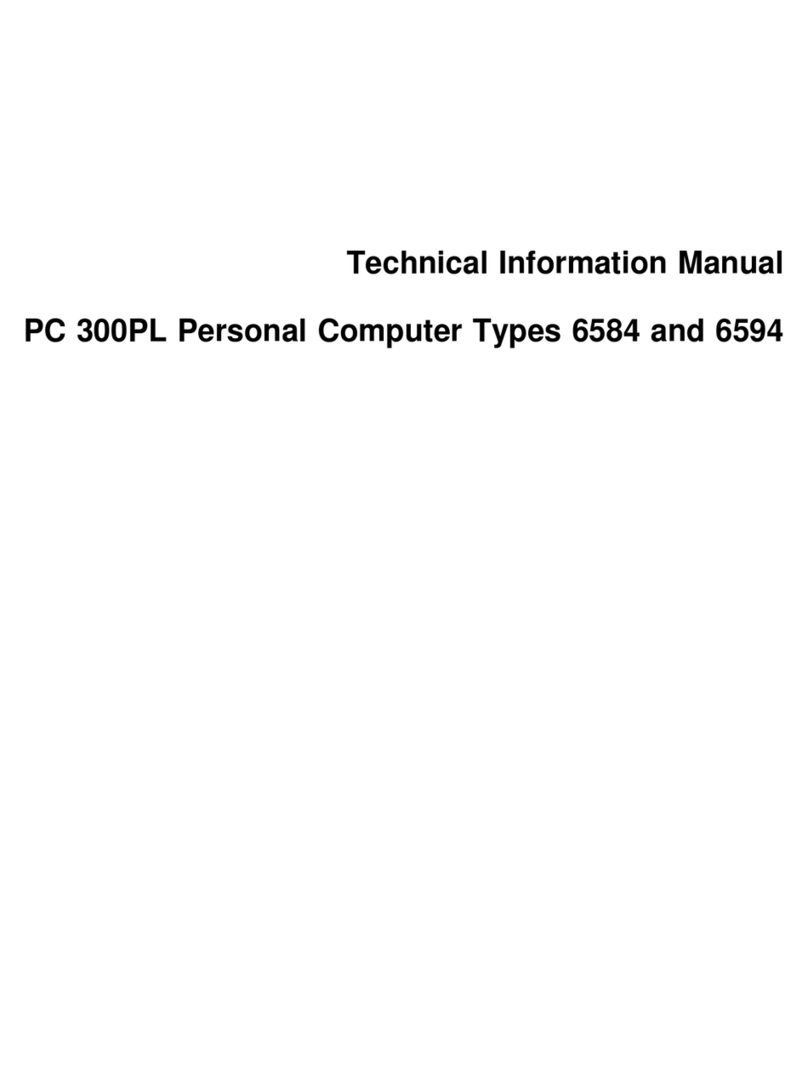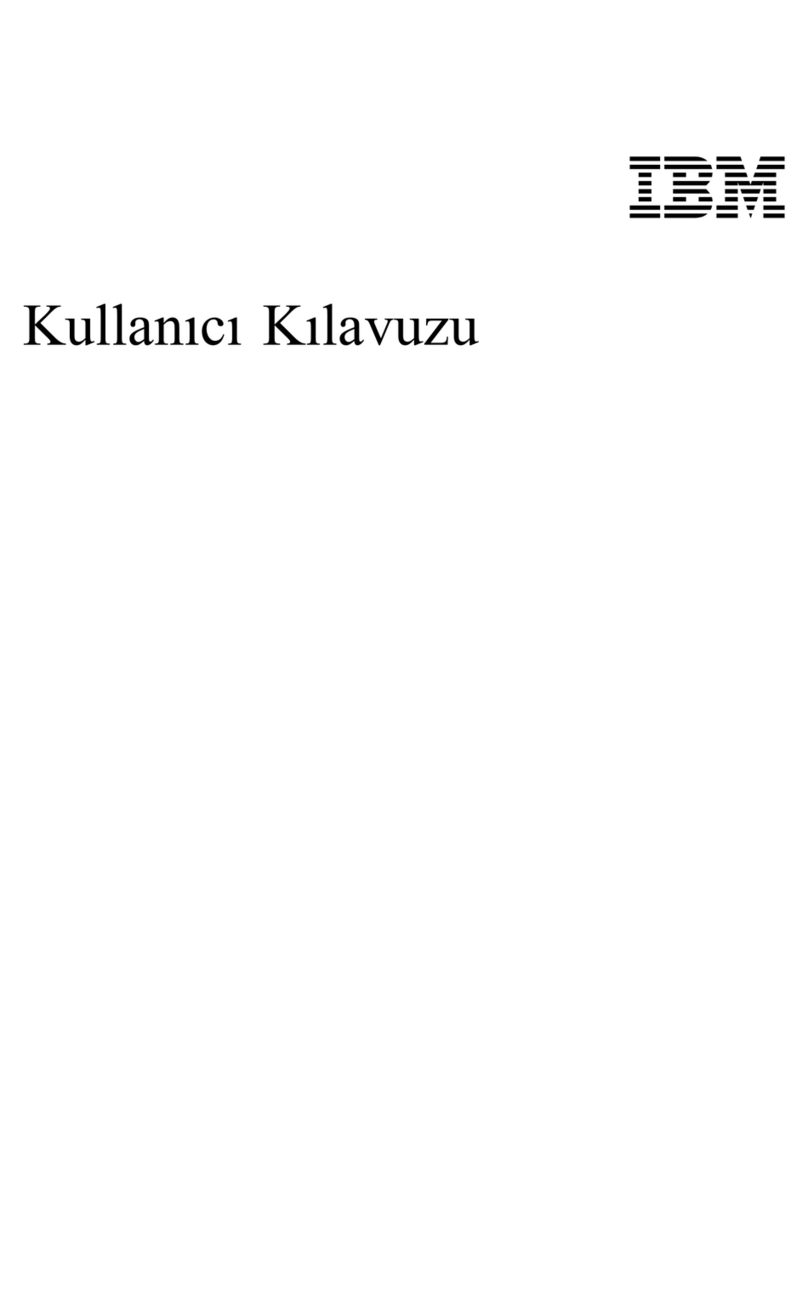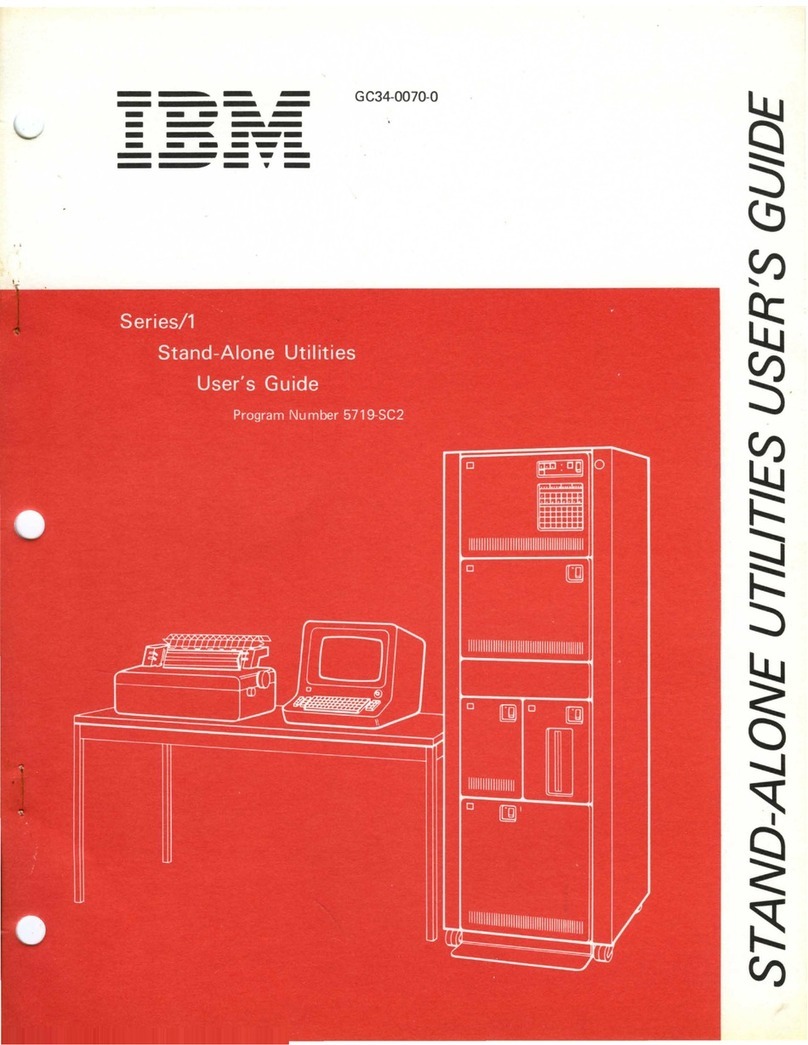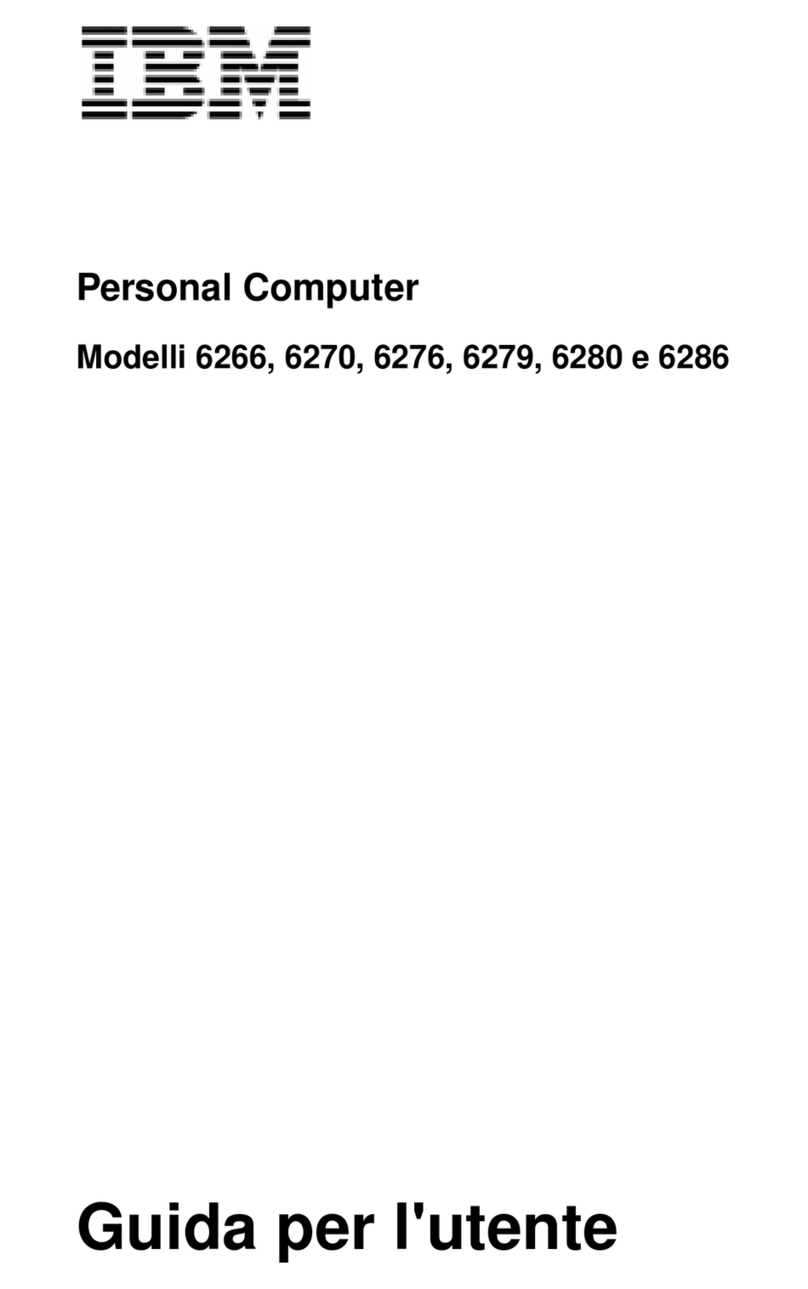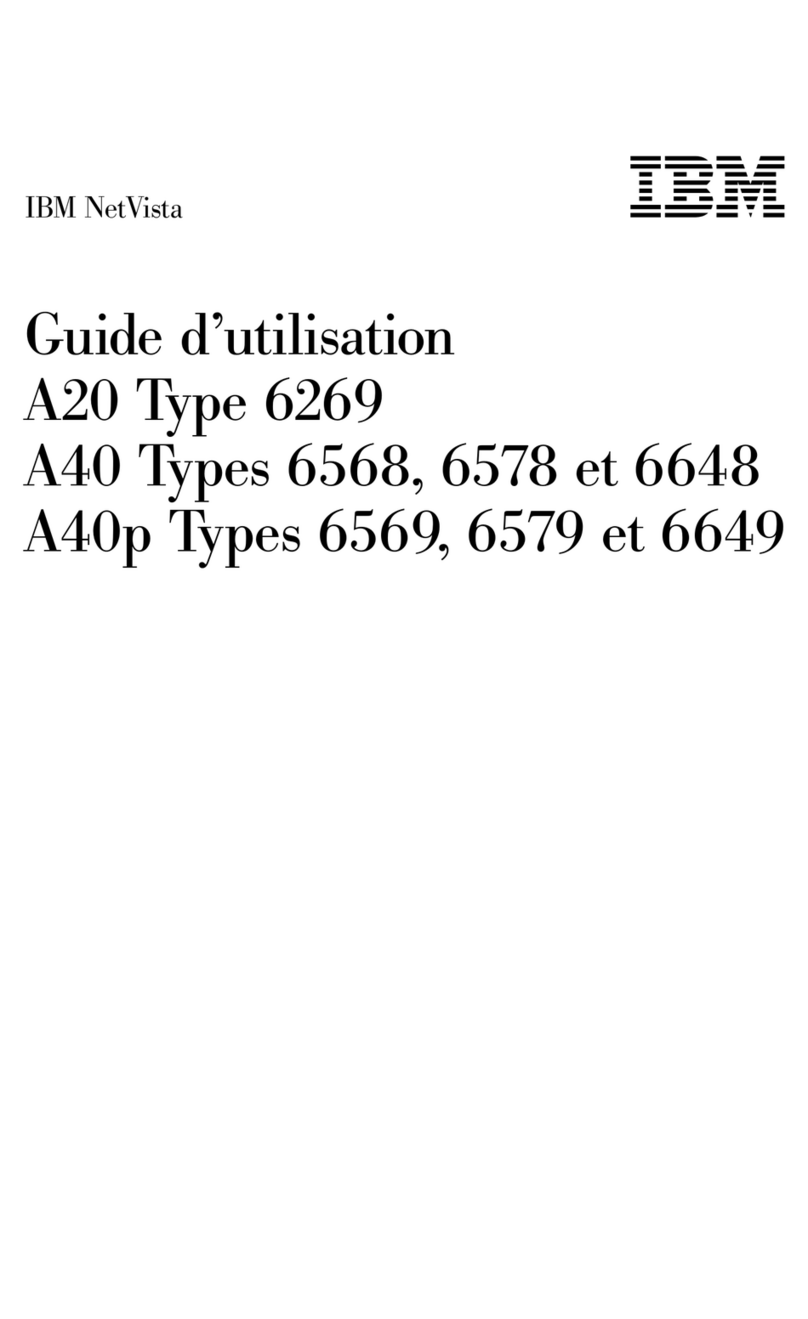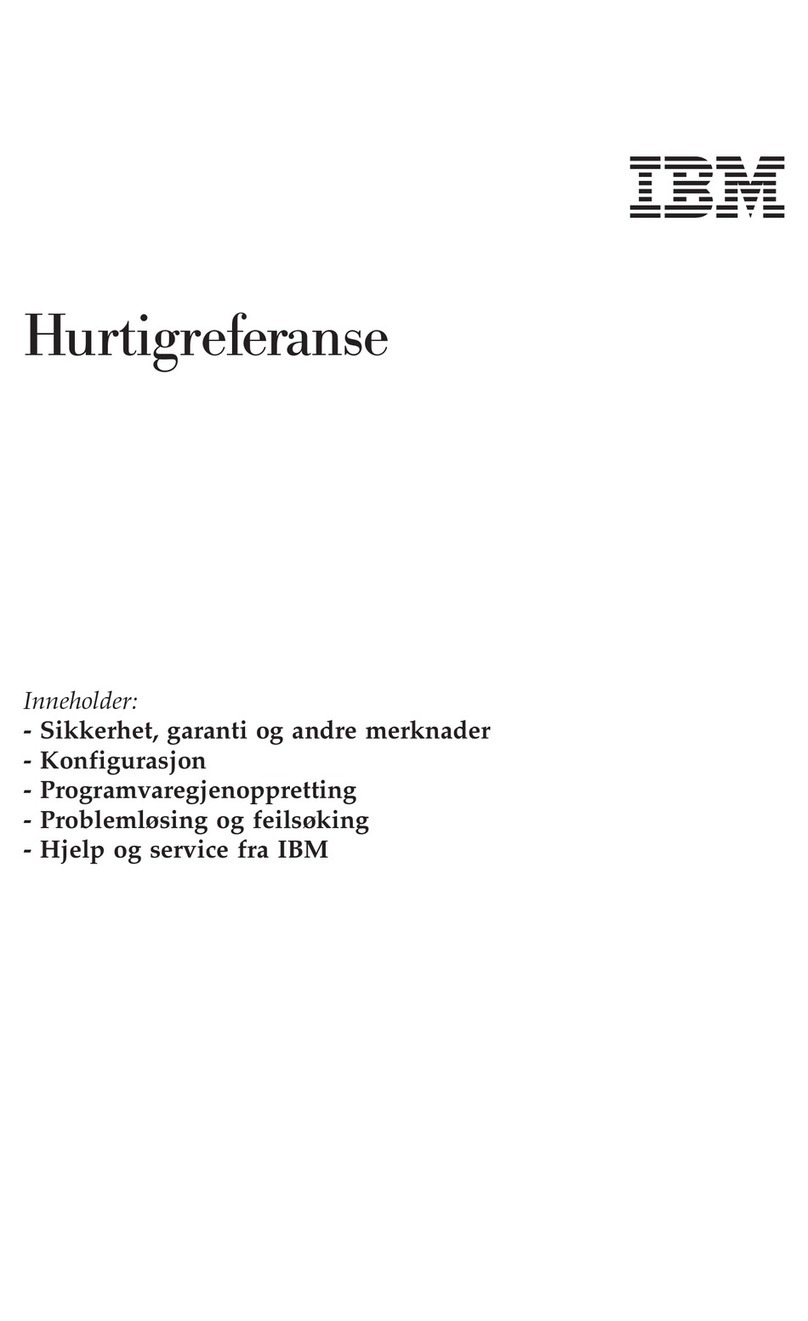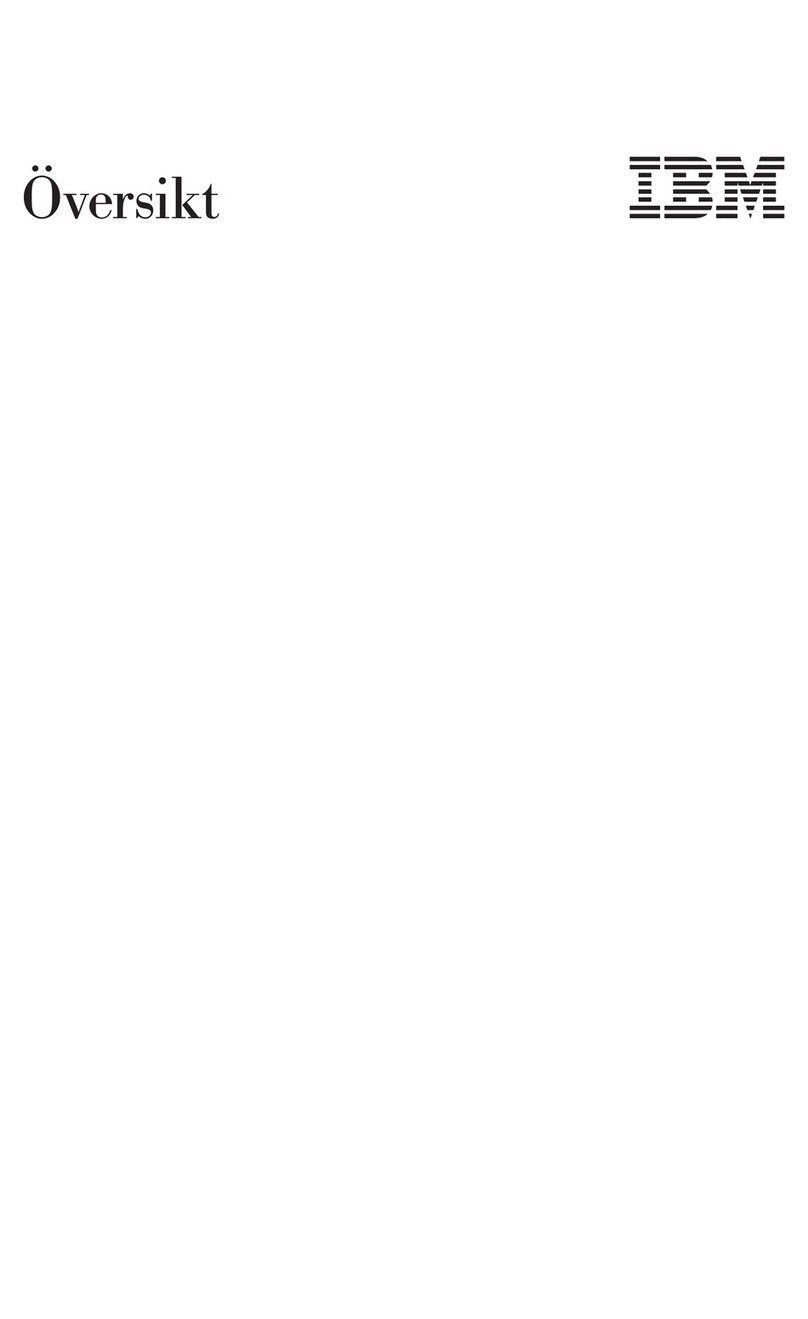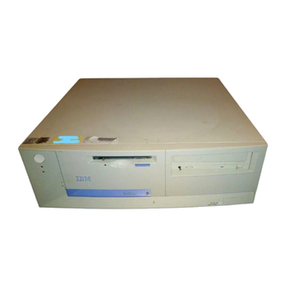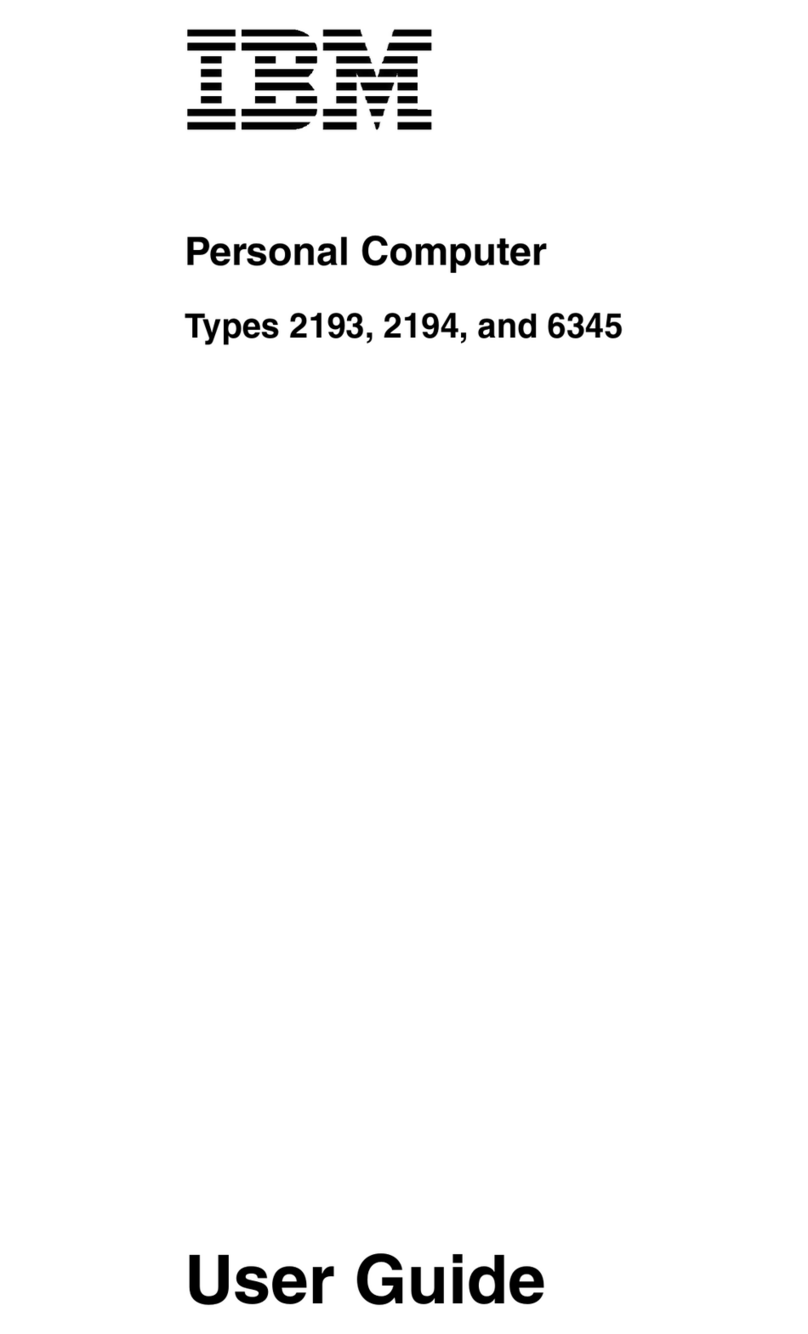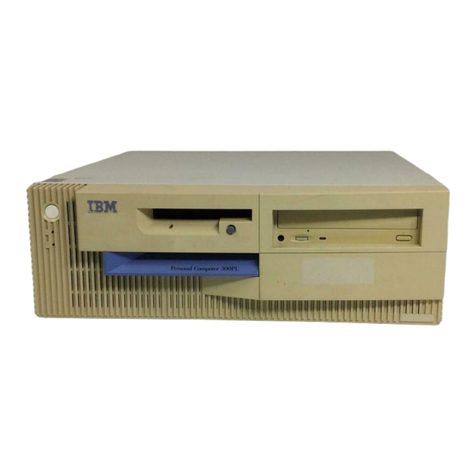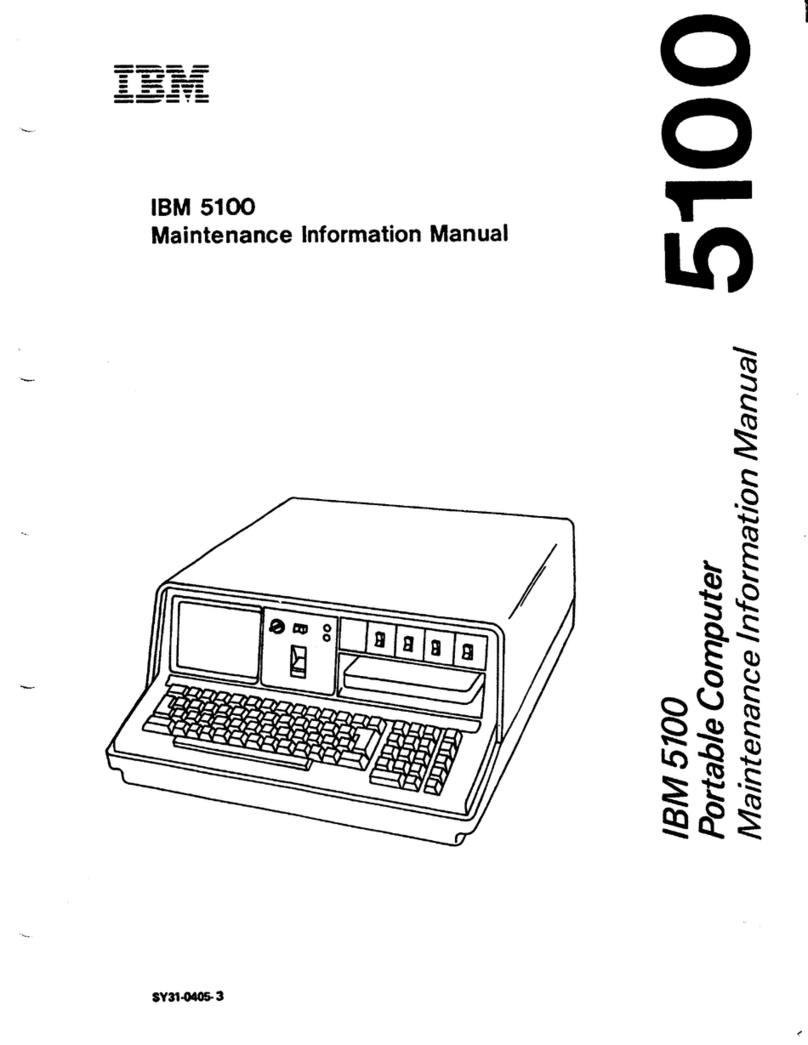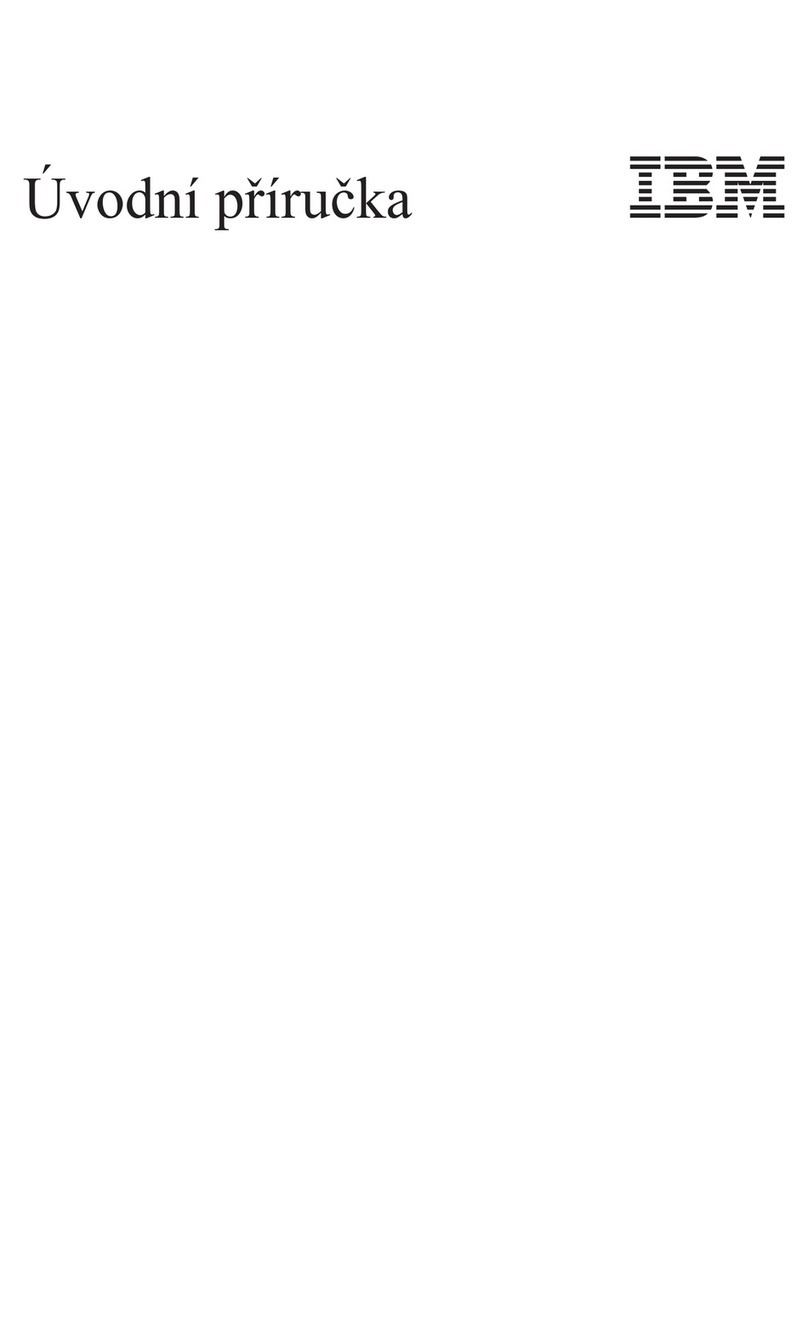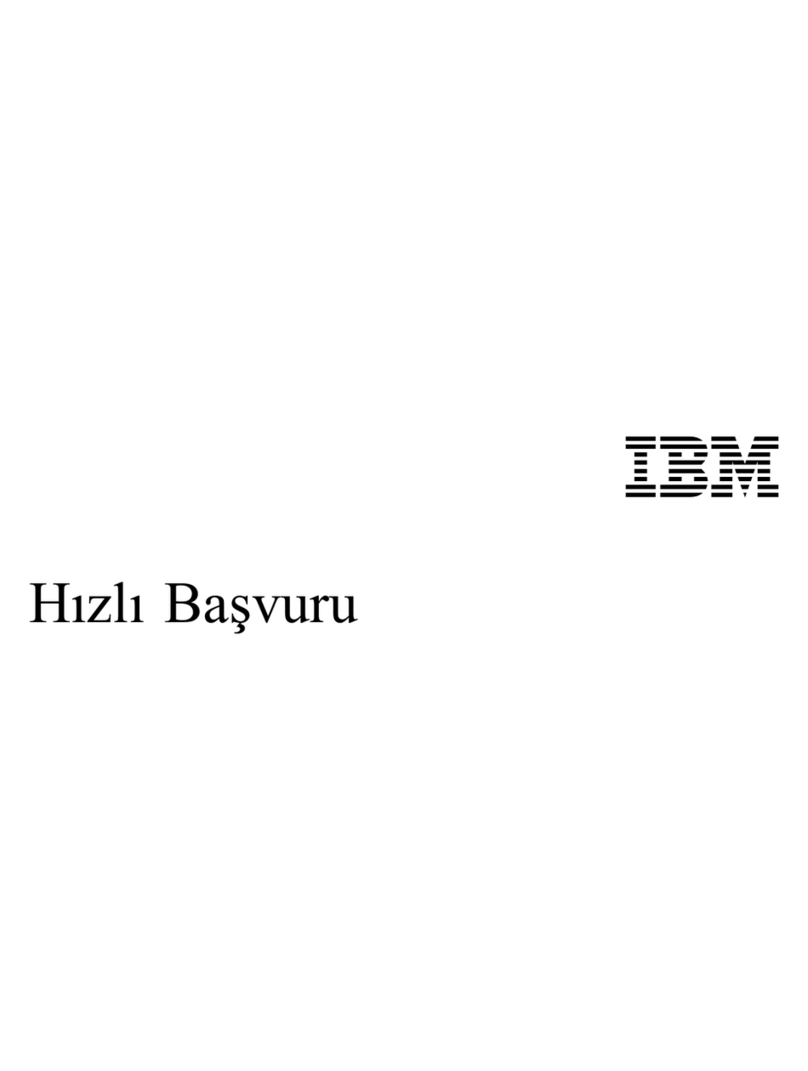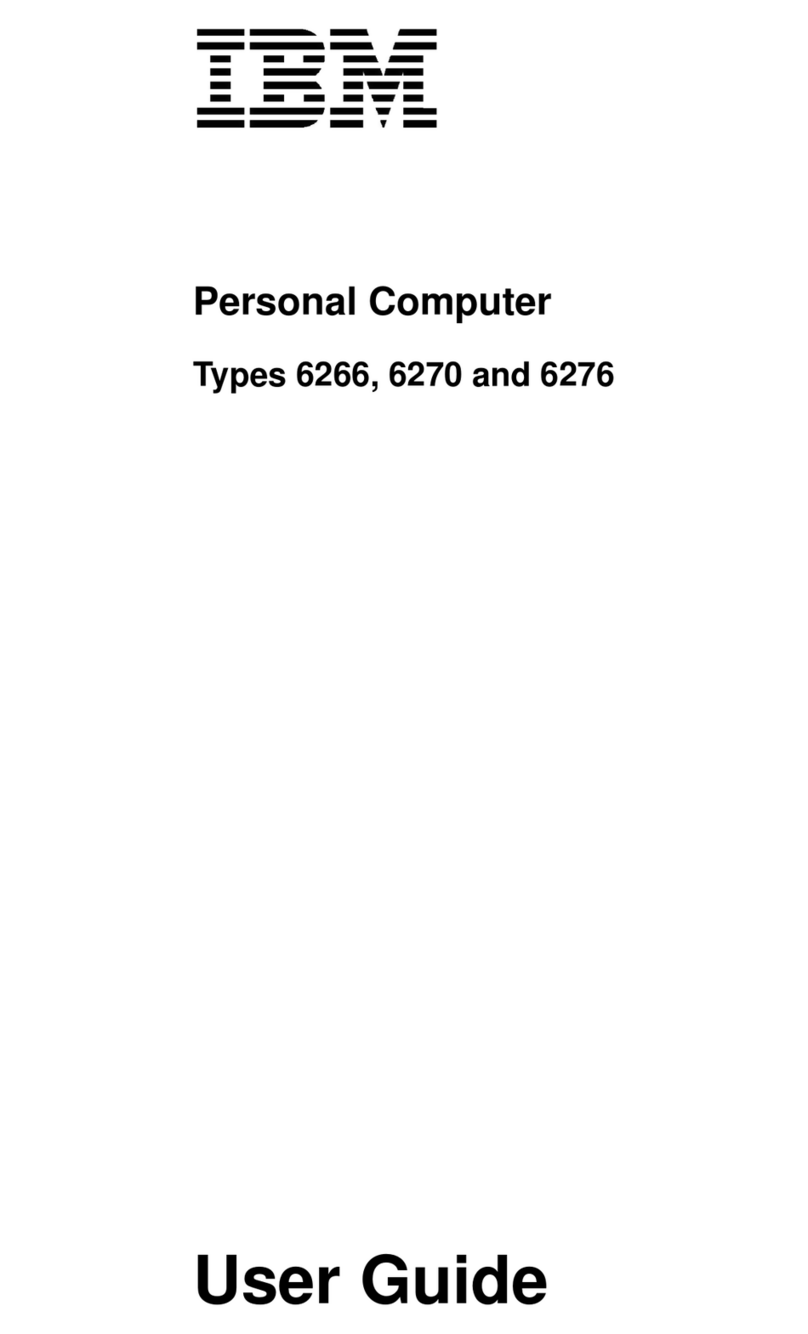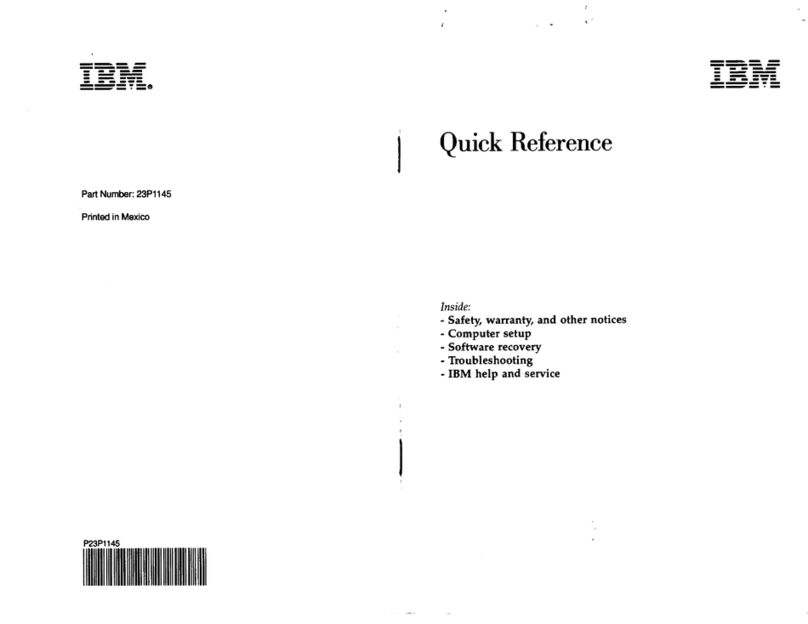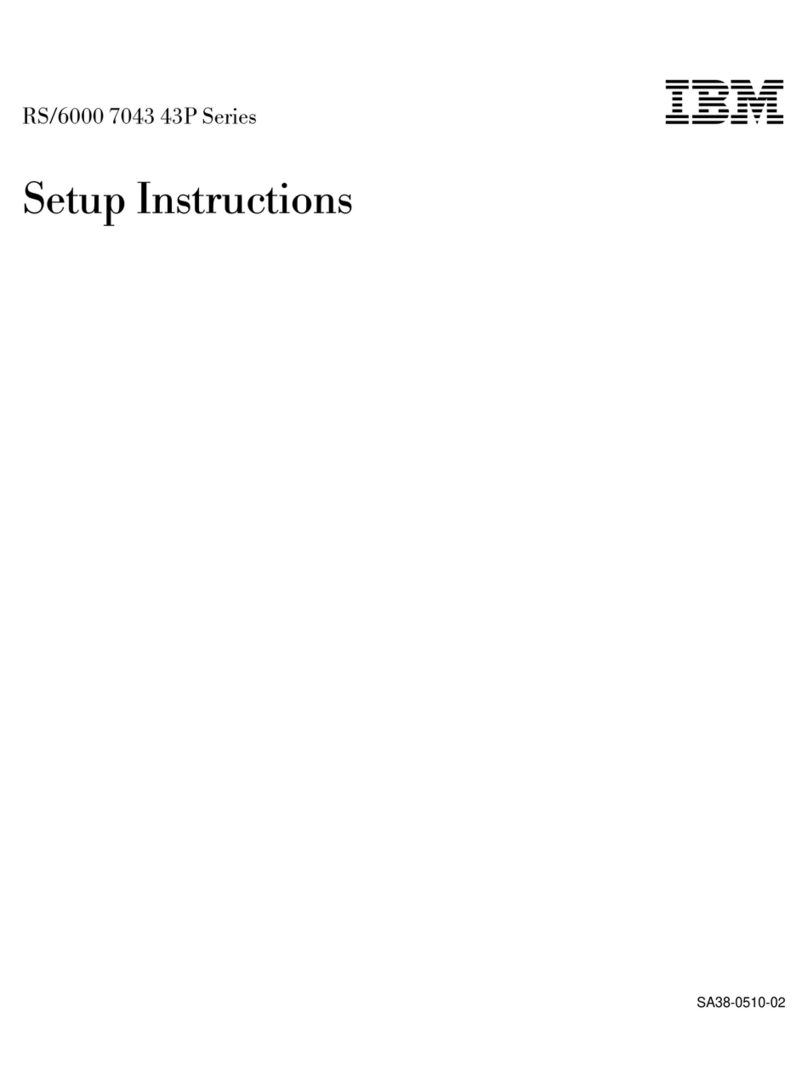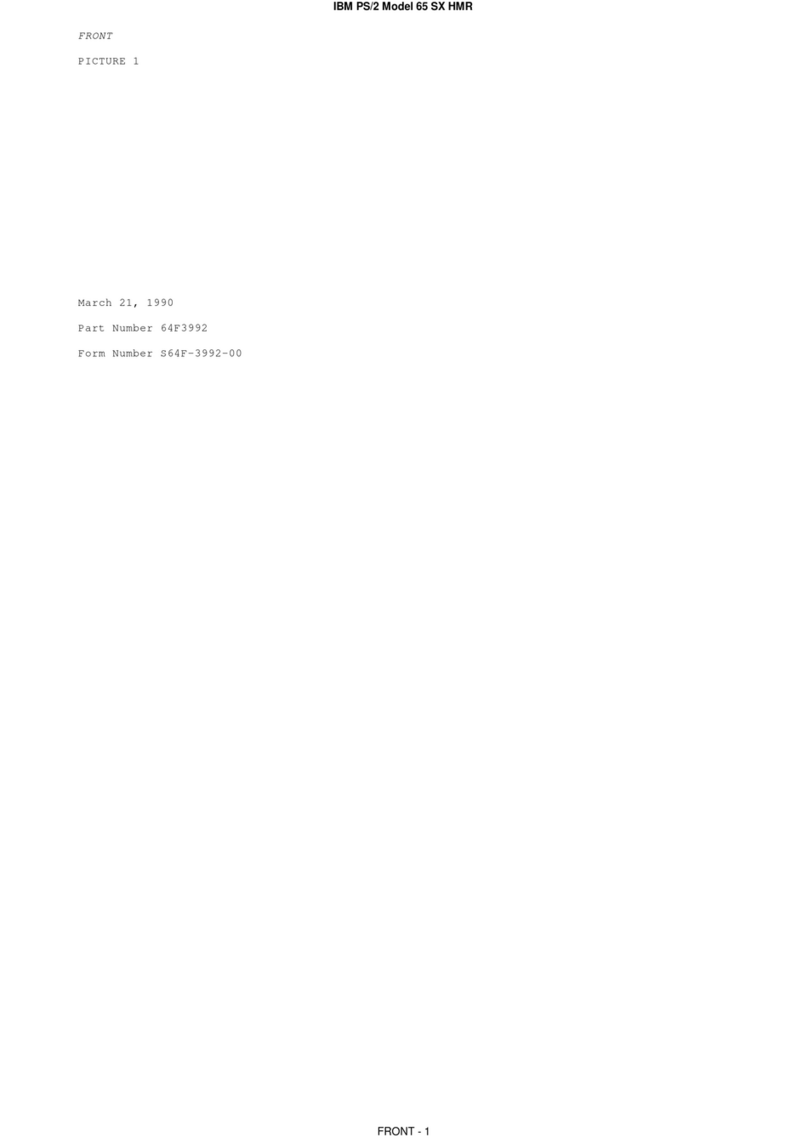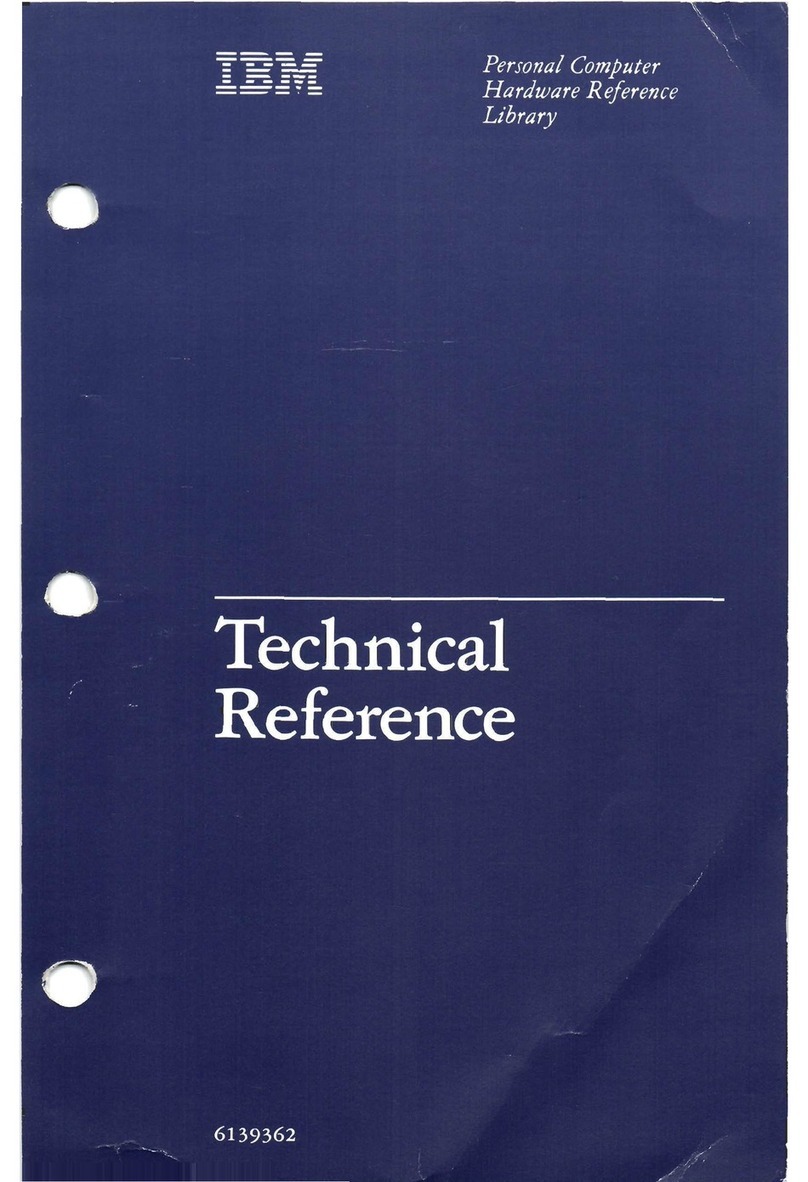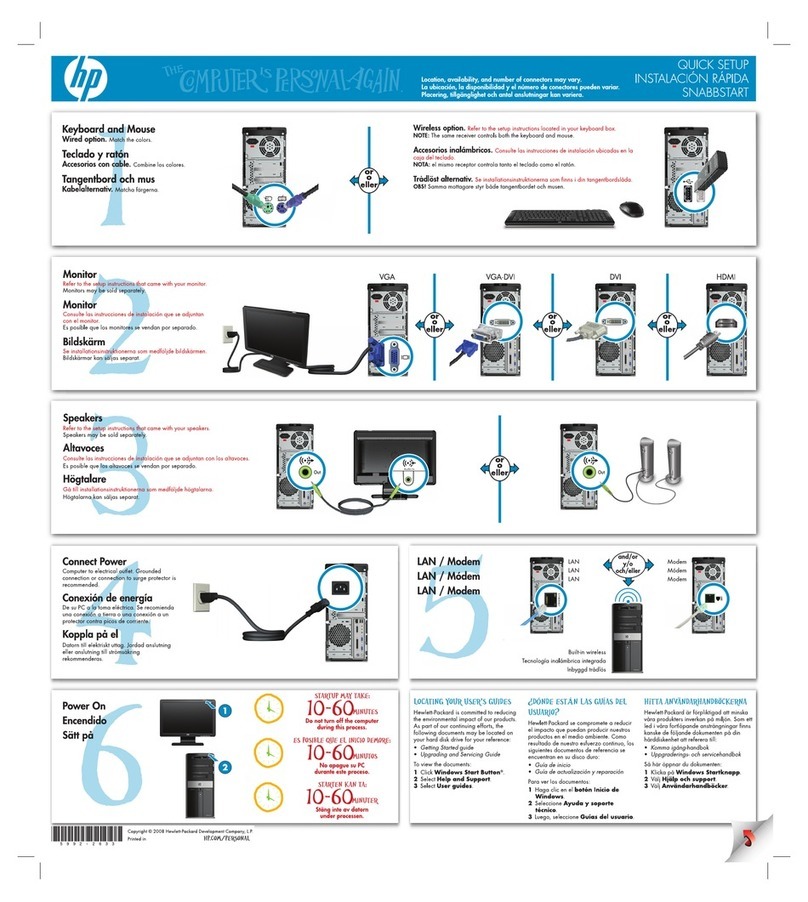
GENERAL DESCRIPTION
A650 Data Processing System is made up of acombination of several units
connected by cables
.
A650 Basic System must have:
650 Console Unit 1only
655 Power Unit 1only
These units may be installed:
407 Accounting Machine
533 Card Read Punch
537 Card Read Punch
653 Storage Unit 1only
A650 System with magnetic tapes and/or disk storage must have:
650 Console Unit 1only
652 Control Unit 1only
653 Storage Unit 1only
655 Power Unit 1only
727 Magnetic Tape Unit 1to 6
and/or
355 Disk Storage 1to 4
These units may be installed:
407 Accounting Machine
533 Card Read Punch
537 Card Read Punch
838 Inquiry Station
The 650 Console Unit has acontrol console and contains the magnetic drum and
the logical and arithmetic circuits .
The 652 Control Unit has an indicating panel and contains the power supply and
control circuits for the 727 and/or the 355 and 838 units.
The 653 Storage Unit has an indicating panel and may contain immediate access
storage, index registers and automatic floating- decimal arithmetic. This unit
with immediate access storage is anecessary component of atape system, and/or
disk storage system.

